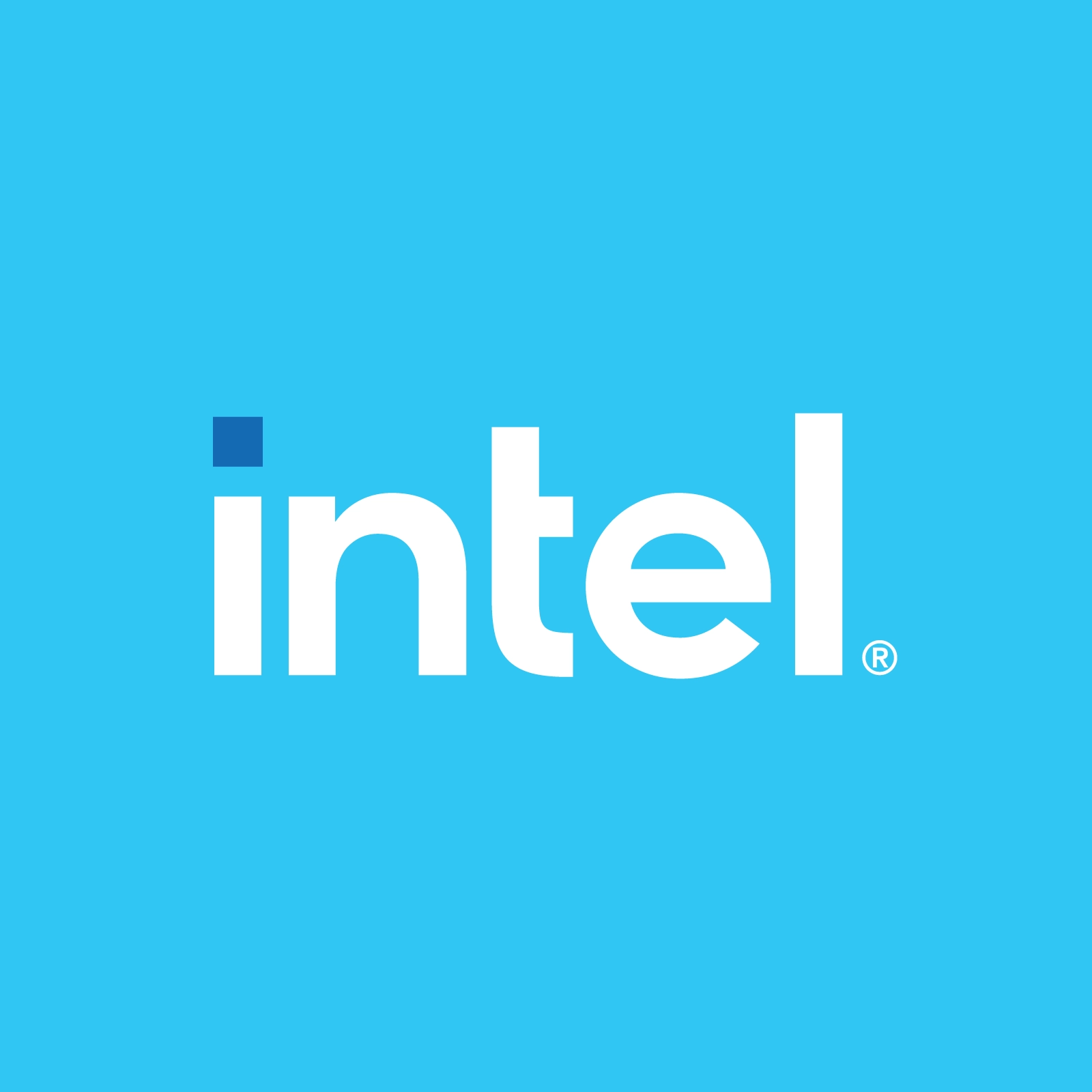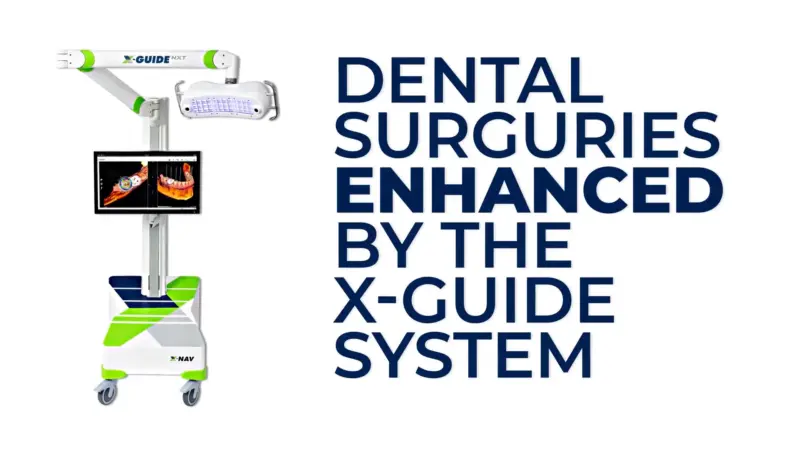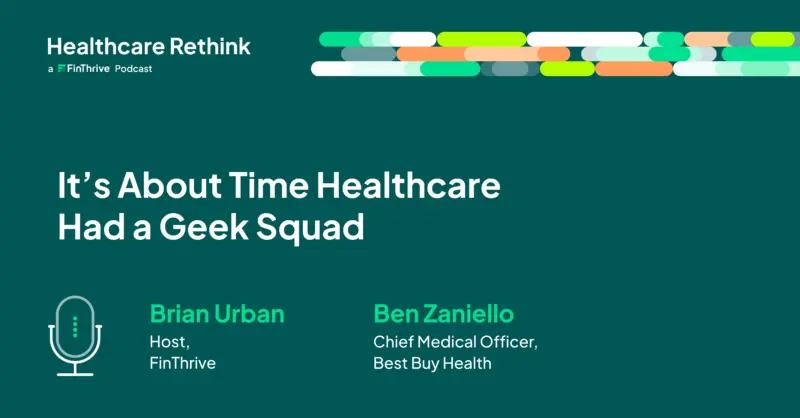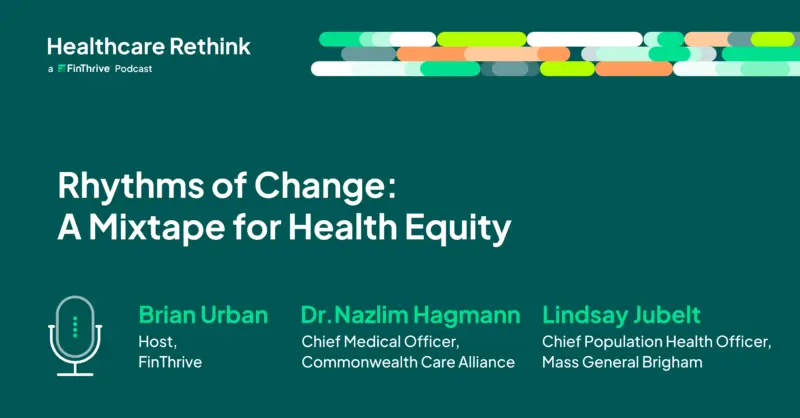Optimizing Medical Imaging at the Edge
More and more of today’s medical imaging devices, such as CT, ultrasound, and MRI scanners, rely on real-time AI inferencing at the edge to make critical medical decisions while patients are being treated. Intel’s Deepthi Karkada, a deep-learning software engineer, and Ryan Loney, Product Manager for OpenVINO™ spoke to Hilary Kennedy about recent trends in AI-based medical imaging and how Intel and its partners are helping identify and address the rapidly changing needs of this burgeoning industry.
“Real-time medical imaging at the edge is important because it enables healthcare providers to get results from scans, run inferences, and make decisions about medical care at the patient’s bedside,” says Looney. “Often these results need to be obtained and processed in two seconds or less.”
Computing at the edge is not without its issues, however. Three of the major hurdles Intel and its partners routinely face are: limited memory in low-power devices, binary size, and latency. “Every megabyte counts when you’re deploying on low-power medical devices with limited memory,” says Looney. “Analytics need to be run in as close to real-time as possible.”
“We know that AI and similar techniques are being adopted in the fields of medical imaging,” Karkada said. “These techniques include things like object detection and semantics segmentation. These techniques help radiologists quickly identify issues and result in many benefits. Many of our partners have been leveraging these advancements in these technologies.”
“Intel offers a portfolio of hardware solutions targeted for AI inferencing,” Karkada said. “This includes solutions like the Intel Xeon® processors, core processors, and FPGAs, that our partners have been able to leverage. On the software side, our OpenVINO™ Toolkit provides accelerated inferencing solutions. These also take advantage of the hardware features, so they’re tightly coupled and integrated.”
Learn more about AI and edge solutions for medical imaging, and other health and life sciences, by connecting with Deepthi Karkada and Ryan Loney on LinkedIn, or read more about Intel’s medical imaging solutions online.
Learn how to optimize a CT model using OpenVINO here: https://github.com/openvinotoolkit/openvino_notebooks/tree/main/notebooks/110-ct-segmentation-quantize
Hear some of our customer success stories here.
Subscribe to the “Health and Life Sciences at the Edge” channel on Apple Podcasts, Spotify, Google Podcasts, or Simplecast to hear more from the Intel Internet of Things Group.



